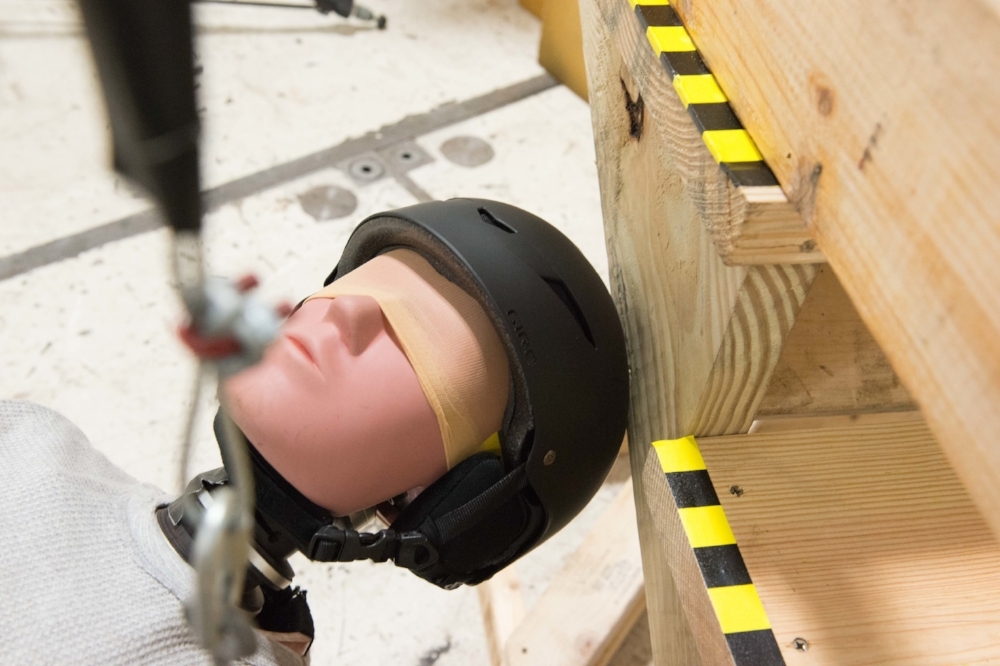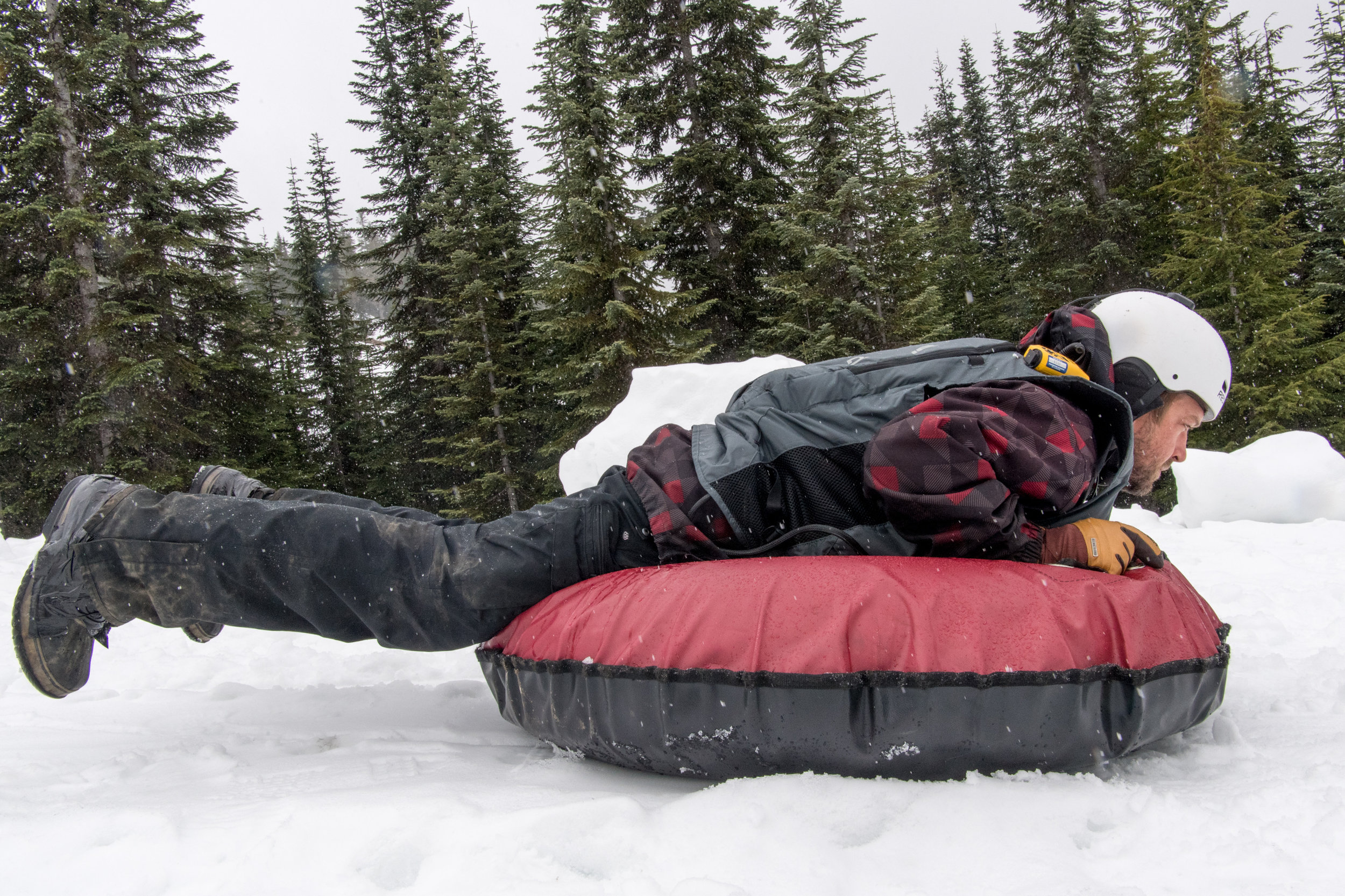Expertise. Integrity. Answers.
Guidance Engineering and Applied Research is a scientific engineering firm that performs in-depth research and expert Biomechanical Engineering and Human Factors analyses for public, private, and industry organizations nationwide. Our team of highly qualified professionals have extensive technical knowledge to deliver comprehensive, scientifically grounded insights for product development, product evaluations, or for understanding the cause of an injury or accident.
We understand that each project is unique and requires innovative thinking to define and evaluate scientifically the critical issues facing our clients. What sets us apart is our detail-oriented data and research driven approach, our multi-disciplinary backgrounds, and the ability to present complex, scientific information in an easy to understand manner.
MEET OUR EXPERTS
Contact
➤ LOCATION
205 NE Northlake Way, Suite 100
Seattle, WA 98105
☎ CONTACT
info@guidanceengineering.com
(206) 906-9090
Biomechanics is the application of mechanical engineering principles to biological systems, such as the human body. Biomechanical engineering analyses are conducted proactively (in the design, development, and reassessment phases) or in response to an accident. In the forensic environment, biomechanical engineers at Guidance Engineering use injuries as evidence to reconstruct accidents, determine the biomechanical injury mechanisms, and ascertain consistency with reported events. We also assess injury risk and evaluate the effectiveness of safety devices and processes using laboratory and field testing, computer modeling, and statistical analysis.
Human factors is the study of the interactions between individuals and their environments and aims to improve safety and performance. At Guidance Engineering, our Human Factors scientists analyze how people perceive, react, and make decisions in various tasks and settings. Our Human Factors experts provide critical insights to enhance understanding of potential contributing factors in accidents such as those related to driver and pedestrian behaviors and reaction time, warnings effectiveness, and lighting, visibility, and conspicuity.



